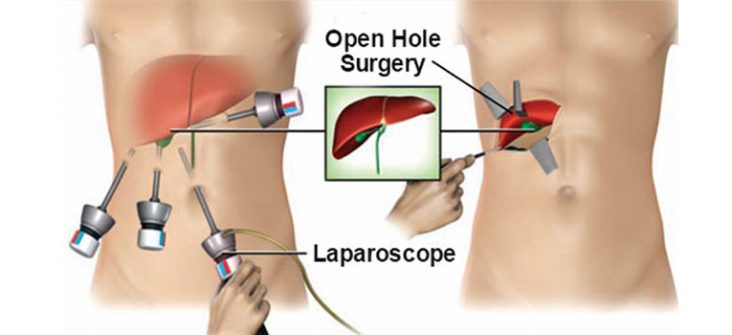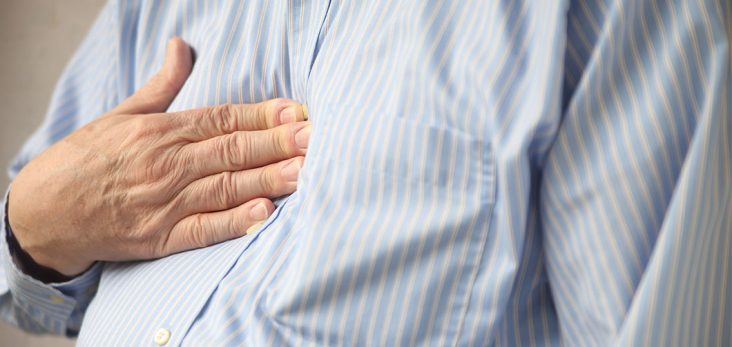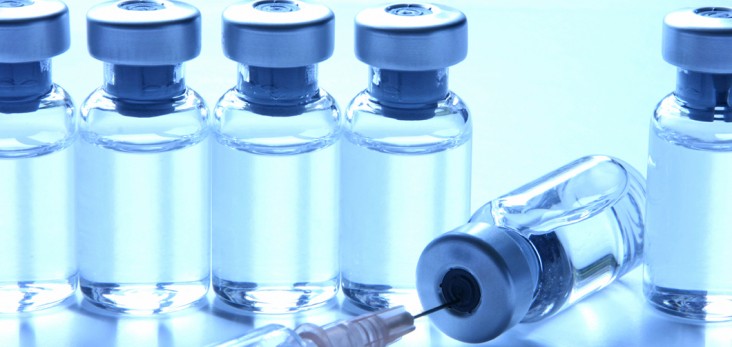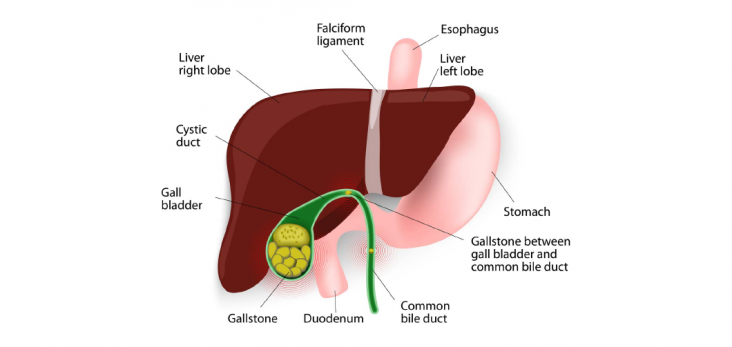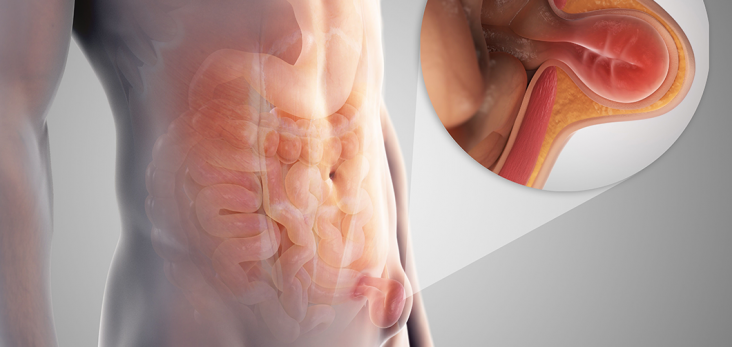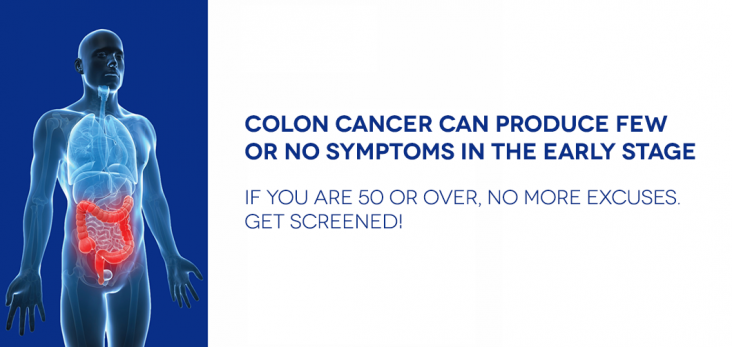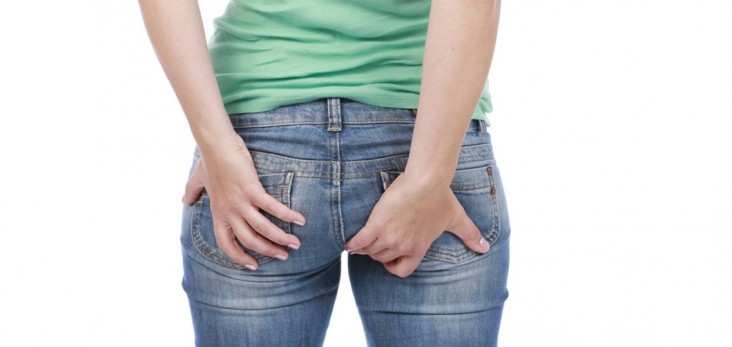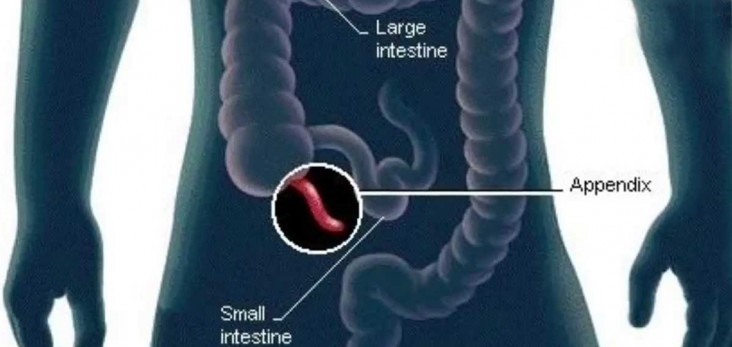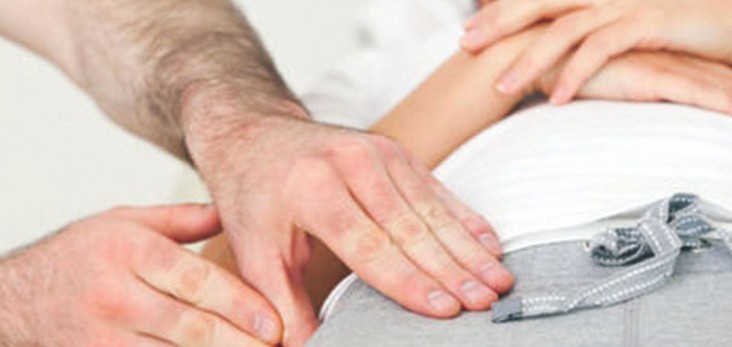You may be wondering why your surgeon suggested two options to choose from, in order to perform the surgery which is due on next month. Open or laparoscopic? It is not a hard question at all, if there are no other special indications to go for an open surgery.
But, we shall let you decide by your own by providing a complete comparison between these two methods available, with all the pros and cons associated with.
What is an open-surgery?
This is a surgical procedure, performed by making a large (8cm-10cm) incision into the abdomen in order to expose the area inside, on which the intervention is to be done. Resulting in a comparatively more post-operative pain due to the large incision and this kind of surgeries often need a longer hospital stay (5-7 days) until a satisfactory wound healing and recovery takes place. In some cases, you will have to rest for up to six weeks before returning to routine activities and occupation due to several possible negative outcomes like infections and breaking of sutures.
Open surgery also has a higher risk of adhesion formation, wound infections and incisional hernias due to its wide exposure of tissues to external environment. However, this types of surgeries are still carried out in some cancer operations and huge pelvic masses.
What is a Laparoscopic surgery?
Also known as ‘keyhole surgery’, Laparoscopic surgery is usually performed by making a ½-1 cm incision where a flexible tube attached to a camera and light source is inserted into the abdomen. The surgeon will see the whole inside-scenario on a monitor, where handling of instruments inside will be done by a visual guided procedure which requires a highly specialized training.
These type of surgeries do not require large incisions which is safe and effective compared to that of open surgery.
What is the need of having two options as open approach and laparoscopic approach?
The laparoscopic technique, introduced in early 1990s based on the successful outcomes of a laparoscopic gallbladder removal, many research studies were carried out to find out, further benefits of this un-opened approach.
As a result of that, beneficial factors like-
- Minimal pain
- Early return to normal day today activities and work
- Minimally visible scarring
- Lesser risk of wound infections, adhesion formation and incisional hernias
over open-approach were identified, which eventually made laparoscopic surgeries to become highly popular among health care professionals as well as the general population all over the world.
However, it is important to know that, there can be instances where planned Laparoscopic surgeries will have to be performed as open ones, being quickly decided on the operating table due to various unexpected findings, complications and difficulties.
Also, some surgeons prefer to perform open surgeries over laparoscopic interventions due to various reasons including inexperience, assessing the risk of possible bowel obstruction and traditional like preference for proper visibility and handling rather than doing procedures over a monitor.
Considering all these factors, it is highly convincing that laparoscopic surgeries have several beneficiaries over the open-surgery which is why it is widely used.





